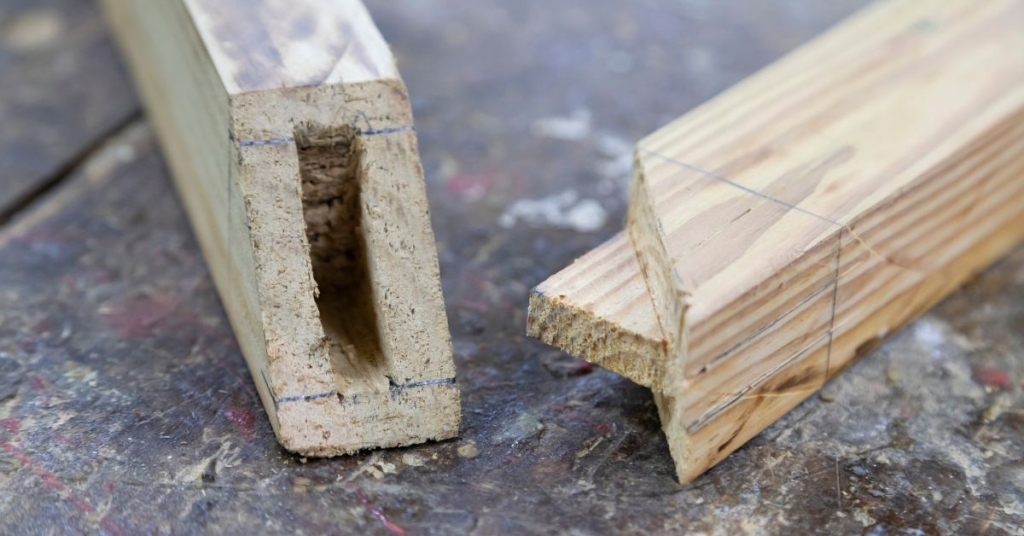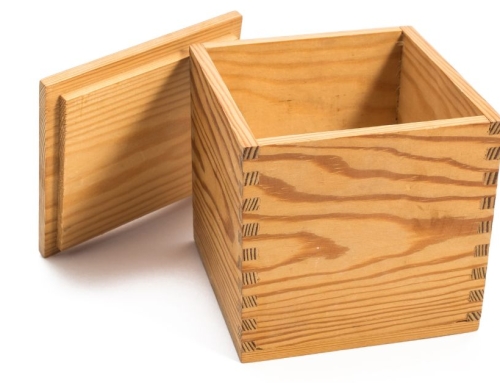The debate over which woodworking joint to use can spark as much passion as arguing over whether pineapple belongs on pizza. And at the heart of many a woodworker’s dilemma is the miter joint. This angled marvel is known for its clean, sharp appearance—imagine the perfect corner on that picture frame you once tried to make.
However, with great precision comes great responsibility, or in this case, a few extra woodworking headaches. Before you make that 45-degree cut and commit to a weekend of glue and clamps, let’s delve into the pros and cons of miter joints.
The Precision of Miter Joints
If precision were a superpower, the miter joint would be its poster child. When done right, miter joints offer an immaculate finish, with the grain of the wood aligning beautifully. These joints create seamless corners that look as if they’ve been carved from a single piece of wood. The crispness of a miter joint can bring a level of sophistication to your project that’s hard to match.
- Advantages: The aesthetic appeal is unmatched. Miter joints are perfect for projects where visual appeal is paramount.
- Challenges: Achieving the necessary level of precision requires skill, patience, and the right tools. Even the slightest miscalculation can throw off the entire joint, leading to gaps and misalignment.
The Ease of Miter Joints
While miter joints are synonymous with precision, they also have a reputation for being challenging to execute. But fear not; there’s simplicity hiding in those angles, waiting to make your life just a tad easier.
- Advantages: Once you get the hang of it, creating miter joints can become quick and efficient. They don’t require fancy hardware—just a good saw and a steady hand.
- Challenges: Precision is vital; achieving it can be a headache if you’re not meticulous. Additionally, miter joints are inherently weaker than other types of joints, like the locking biscuits, which provide additional mechanical strength.
Upgrade Your Woodworking Skills Today
So, there you have it—the pros and cons of miter joints. They offer unparalleled precision and a sleek finish but are a tad tricky to master and not the strongest option out there. Whether you embrace the meticulous nature of miter joints or opt for the robust reliability of locking biscuits, the choice ultimately depends on your specific project needs and personal woodworking philosophy.
Remember, woodworking is as much about the journey as the destination. Enjoy the process and learn from each cut. May your joints be ever snug and splinter-free!





